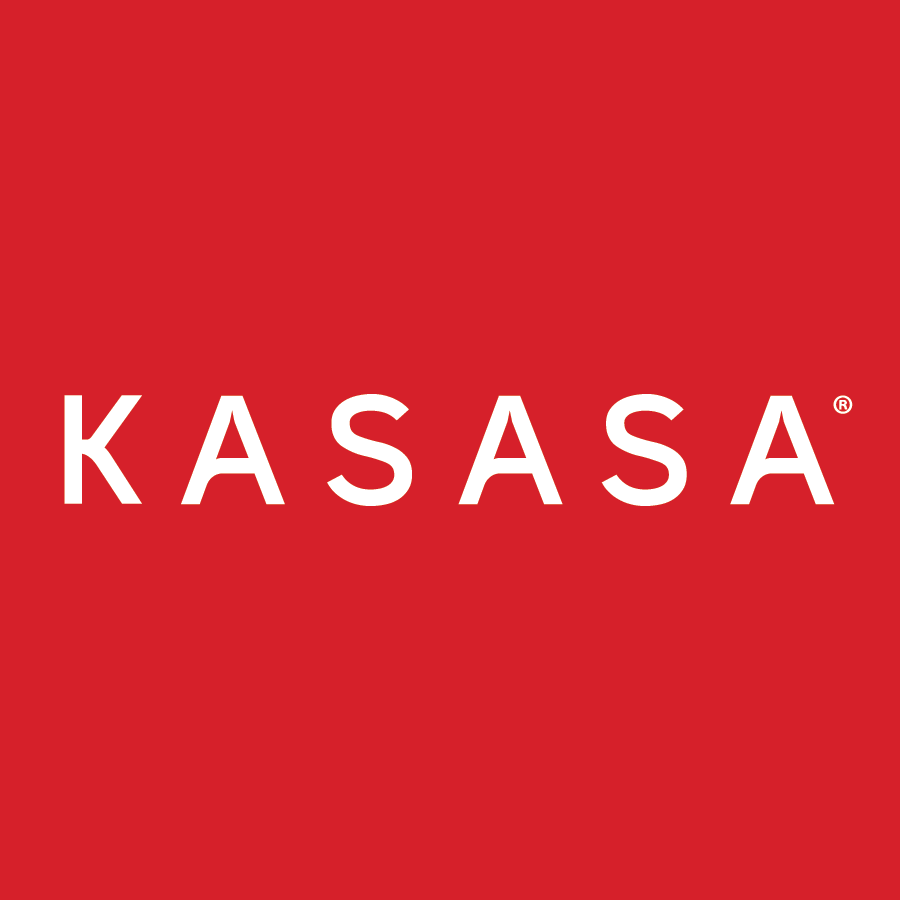Community financial institutions are under serious pressure to improve their balance sheets. The urgent need for liquidity has many banks offering high-yield CDs in an effort to bring in deposits. Certainly, there’s always a benefit in having some portion of your funding strategy covered with predictable time deposits you can match for duration. But if your goal is to grow and protect core deposits, fund at the lowest cost, and become less dependent on rate-sensitive funding, then time deposits are never your best option.
Increase your deposits at a much lower Cost Of Funds (COF) by changing the math.
Addressing today’s liquidity crisis requires creating long-term deposits, lowering funding costs, and developing deeper relationships that drive income with account holders. High-yield checking does all that and more.
In fact, here are five ways that high-yield checking changes the math and makes the product a winning strategy in the battle for liquidity:
1. Consumers love high deposit rates.
As consumer confidence recovers from pre-pandemic levels, consumers are on the hunt for higher returns on their deposits. These accounts are automatically attractive. Everyone wants to feel like they’re getting the most out of their money. The higher the rate, the more it feels like your money is working for you.
2. Checking accounts are sticky.
Compared to CDs that encourage consumers to take the money and run, checking accounts are much more likely to turn into primary relationships. That translates into more non-interest income and increases the chance a consumer will look to your bank or credit union for their next loan.
You’re basically securing your existing deposit base. Atlantic Federal Credit Union, which has offered Kasasa high-yield accounts for more than a decade, has seen the impact on members. “It’s about engagement and we see consistent, real growth,” states CEO Chris McGorrill.
3. There’s a built-in COF discount.
By design, a high-yield checking account has a significantly lower annual expense. Compare a 5% CD rate with a 6% high-yield checking account. At first glance, the checking account would cost too much to maintain. However, a closer look reveals that the CD’s COF is 5% — but because not all checking accountholders qualify for the 6% offer, your COF is much less.

4. Discounts persist in any rate environment.
You can adjust your promoted rate at any time to suit different rate environments and you’ll always enjoy that built-in discount — which increases the higher market rates rise. You’ll always have a competitive advantage in the rate wars because, compared to alternatives, these funds become cheaper the higher rates go.

5. High-yield checking accounts are profitable.
Qualifying behaviors lead the consumer to dramatically increase their debit card transactions and opt-in to e-statements at rates close to 100%. The additional income and reduced expenses, paired with the value of the increased deposits, will create bottom-line profit well in excess of a free checking account — even after accounting for the interest expense. And because high-yield checking already pays rates that consumers perceive as premium, you can price generously even as rates fall.
6. You can attract younger, more engaged consumers.
Consumers are a widely diverse group and to attract next-generation consumers, you need to offer products that appeal to them. For instance, because younger account holders tend to have lower account balances, they aren’t as interested in interest rates as a consumer who has a balance of $20,000. But discounts can grab their attention.
Atlantic Federal Credit Union’s McGorrill, says that cash rewards and discounts are valued by younger members. “These members don’t have high deposits, so the higher rate isn’t as much a draw as the discounts.”
MCT Credit Union has expanded its product mix to include Kasasa Eats and Kasasa Play, which allow account holders to redeem rewards at select businesses. “These products attract a younger demographic that’s getting used to doing business with us,” says President and CEO Thad Angelle, adding that older members have also embraced these accounts.
It all adds up to success.
Institutions with a deposit mix that includes a sizeable high-yield checking base have a major competitive advantage over those that don’t. The COF discount and significant non-interest income associated with these accounts enable community financial institutions to benefit from greater operational flexibility, broader consumer appeal, and interest margins that widen versus peers who depend on funding sources more sensitive to interest rate risk.
Which means you’re not just changing the math. You’re growing the bottom line.



